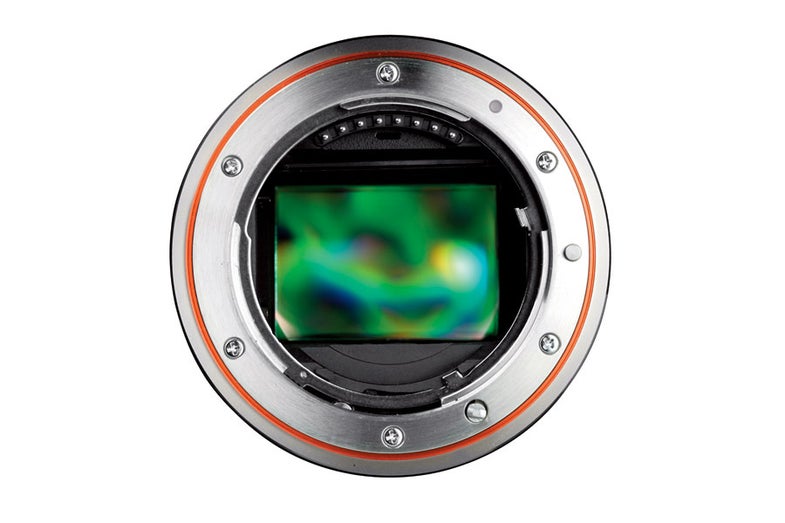Editorial: The Way We See Raw
Take a look at one of the valuable resources we use in our camera tests.

Despite our geeky white coats, clipboards, and computer-generated reports, the crew in the Pop Photo Lab is a bunch of real-world photographers. We’re all about handling, usability, and the practicalities of in-the-field and in-the-studio shooting.
But we know that everything photographic starts with a solid grounding in the technical aspects of the camera, lens, and other equipment. You can’t expect any product to perform beyond the capabilities engineered into it. And that’s where we come in — finding out precisely what those capabilities are. Forget hype. We’re talking the kind of objective assessments that have made the Pop Photo Lab and our Certified Test Results the standard of the industry.
For DSLRs, that means we evaluate resolution, noise, color accuracy, and more. In keeping with our real-world mission, when we test a DSLR we shoot in RAW and evaluate in TIFF.
This means we take the data from the camera and run it through the RAW conversion software that came in the box, applying the manufacturer’s standard noise reduction, sharpening, and such. Once converted, the file can begin its life as an image — to be printed, edited, or whatever. It’s still a huge file, loaded with data that represents the true capabilities of the camera. Which is, obviously, very useful information when you’re shopping.
Would we get different data if we used different software to convert the RAW file? Yes, somewhat. But which software to use, if not the one recommended by the camera maker? There are so many RAW converters to choose from. And would the differences tell you anything significant? Usually not. But as an academic exercise it might be interesting.
The same could be said for evaluating the unconverted RAW data.
It’s with this sense of curiosity that I click around www.dxomark.com. Essentially a database of info on RAW files from dozens of cameras, this website gives you a reading of a DSLR’s intrinsic capabilities. In other words, it evaluates data straight from the imaging sensor. ISO sensitivity, dynamic range, tonal range, color sensitivity — it’s all there, as well as other readings, graphs, tables, comparisons, and various wonderfully techie whiz-bang.
And unlike much of what you see on the web, you can take this information seriously. It comes from France’s DxO Labs (www.dxo.com), which supplies sophisticated testing software to the optical industry. In fact, DxO’s Analyzer is an integral part of Pop Photo’s testing suite, and we swear by it.
We have such faith in DxO’s good science that in the months ahead, when you look up a camera test on www.PopPhoto.com, you’ll also find a link to www.dxomark.com. This way, you can get our hands-on evaluations of both the camera and the converted RAW file, along with DxO’s straight-from-the-sensor data.
Interesting, and an absolute gold mine of lab-coat-worthy geekdom. But what makes DxO do this? Altruism? To advance scientific research? Bolstering its brand? A money-making plan?
Credit some of each.
After all, the company sells a software product called DxO Optics Pro Version 5.3. It is — as you might have guessed — one heck of a RAW converter.